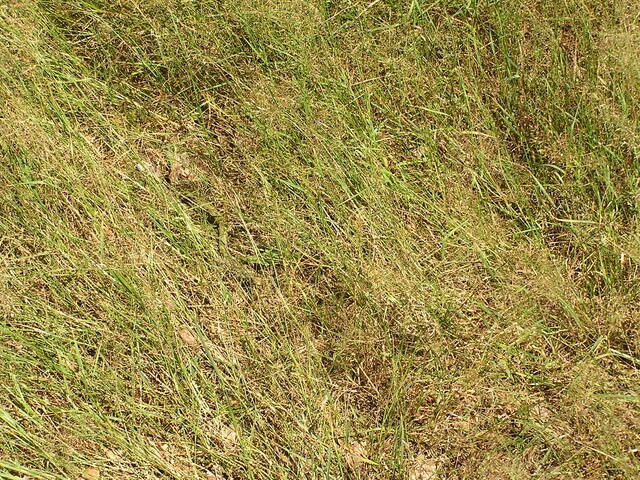How is your lawn? The peak of summer heat is here and we are seeing lots of dry patches in yards. The summer season brings about glorious days of warm weather and outdoor activities that keep us outside. But scattered rain and hot weather also show us exactly where our sprinkler heads are hitting and where they aren’t. Everyone’s grass is stressed. Below are some tips and procedures that can assist you in making and keeping your Denver landscaping healthy throughout the hot summer season.
LIMIT WATER
Unfortunately, after (or during) rainfall, many people still irrigate their lawn. One collective misconception about maintaining grass in extreme heat is the necessity to overwater. Turf grasses do better managed on the dry side rather than wet. When soil is constantly wet, it creates problems for plants and soil organisms alike. The roots will be deprived of oxygen and may become more susceptible to disease because diseases thrive in wet conditions. In general, the drier the grass and soil, the less disease there will be.
Water deeply and infrequently. Water deeply to wet the entire root zone, and then do not water again until the grass is dry. To determine the next watering time, simply eyeball it. If it starts to look dry, then water. And if you have brown spots, water the hot spots (spots that get dry faster than the rest of the lawn) and then wait for the rest of the lawn to dry out to water the entire lawn. Do not water your grass daily. Lawns need only one inch of water per week, including rainfall.
THE ONE-THIRD RULE
When deciding on the correct height to cut your grass, it is important to remember the one-third rule: Never remove more than one-third of the grass height at one time. By doing so, the lawn is kept cooler, because less plant tissue is removed. Grasses actually benefit in the heat of the summer by setting the blade higher. For example, if your lawn is normally cut at 2.5 inches, increase it to 3 inches in the heat of summer.
WHEN IN DROUGHT
Resist mowing wet grass, because you are going to cause clumping. But also avoid mowing the lawn during drought stress too. Dry lawns under drought stress are limited in their ability to recover from mowing and can be damaged further. So the best time to mow your grass is the day after a rainfall – or after irrigation day. The grass will not have visible water on it, but it is also not too dry.
American Arbor Care offers professional tree, shrub, lawn, and landscape maintenance services across Colorado. Our services include tree and shrub pruning (and removal), insect and disease management, tree planting, fertilization, weed control, stump grinding, mulching, consultation, landscaping, free estimates and more. Call us today at 303-639-8584 to get more information about the dry patches in your mid-summer lawn.

